Make Succession 24-7-365.
Having led the succession planning process on numerous occasions, I can imagine that about now (mid-June) line and HR managers are filing away their talent review meeting slides and notes and grateful the exercise is over for another year. What a relief! Never popular, succession planning and talent review meetings are often stressful, require significant preparation, and can lead to uncomfortable change affecting careers and relationships.
But, at the end of the day, it not about us as managers. Succession is about moving your business forward; ensuring that your business has the resilience, agility, and leadership to be competitive. Succession planning is perhaps the most important strategic investment you can make in your business to ensure sustainability. And yet, we usually rush to complete the exercise and grateful talent reviews occur only once per year.
I want to suggest that you stop considering succession finished once the annual talent review is complete. Instead, keep succession and talent review data close at hand, as you manage your business. Regularly consult the data, as you contemplate restructuring, mobilizing, and promoting talent or when making decisions to build or buy talent (hire externally or develop and promote from within) - all challenges you will be faced with when managing your business. In many respects, you shouldn’t make a talent move without first consulting succession data.
The best managers will not recruit externally when they have already identified suitable successors within the organization. They also won’t randomly place talent into roles (particularly critical roles) for which they have not been previously targeted, developed, and deemed ready. All strategic talent decisions should align with decisions made during the succession process and resulting plans.
You need to make succession 24-7-365, a part of your ongoing business practice. Here’s what you need to do:
Line manager and associated HR business partner should work together to update team/division/country/region talent review meeting data, as much will likely have changed as a result of discussions held during the talent review meeting.
Charge the line manager to keep succession data (and related system data if available) up-to-date and HR business partner notified of changes.
Align succession planning and talent acquisition processes to maintain a strong talent pipeline leveraging internal talent whenever possible.
Line manager should schedule monthly talent review meetings with the HR business partner to review/update succession data and plan execution, including individual development plans.
Business head should schedule and chair quarterly function/division/country/region talent reviews as part of the business review process. Leadership teams should review/update succession data and plan execution, including individual development plans.
Report, as part of business scorecard, key succession metrics, and trend data, including #HIPO promotions, %HIPO voluntary/regrettable attrition, % completion HIPO development plans, etc. enabling transparency and promoting accountability.
So, elevate your succession planning process from being a mere talent review meeting held once a year to an ongoing, 24-7-365, strategic regard for talent you have and need to grow your business. Before hiring outside, review talent inside your teams and across the organization. And don’t randomly promote without consulting succession data. Be sure you’re promoting talent that has been tapped through succession planning for a future role. Lastly, prioritize development to ensure talent readiness when you need to fill a role. Track execution of development plans, as they align with succession plans, and be sure measured readiness is achieved.
